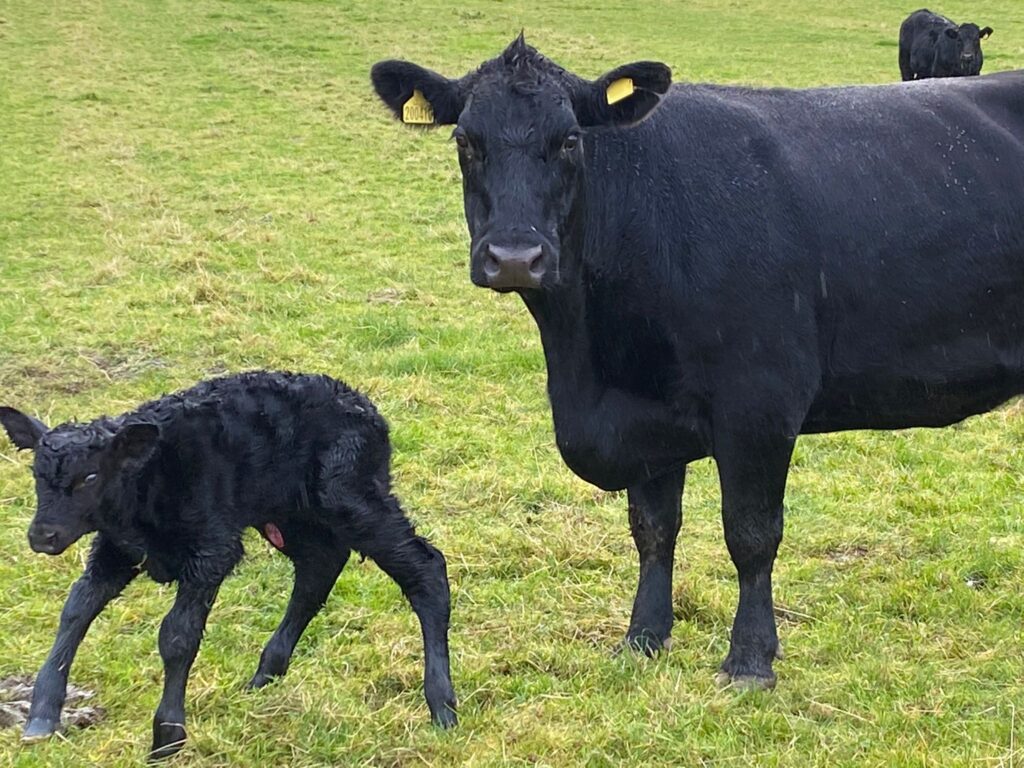Salmonella Dublin in Beef Herds
28 February 2023Although Salmonella Dublin is commonly more associated with dairy herds than suckler herds, problems can still occur, particularly around calving time. On farms, which experience an outbreak, it can have a significant impact on health and mortality during the calving season.
Clinical signs in adult cattle include diarrhoea and abortion, with clinical signs in calves more variable including diarrhoea (most common clinical presentation in suckler claves), respiratory disease and neurological signs.
Here are some factors to consider associated with control and management;
- Hygiene and cleanliness of calving pens and bedding is critical in beef herds to reduce transmission from cow to calf
- Avoid overstocking. Group cows by expected calving date if possible. As infection in beef herds tends to build up in the environment towards the end of calving, use a separate area of the second half of the calving period.
- Length of housing after calving. Weather permitting, getting cattle outside as soon as possible with help to limit transmission.
- Reduce the age spread of calves within groups. Split the herd into smaller groups to reduce transmission between older and younger calves.
- If calving outside, avoid using the same field/s for the entire calving period. Consider grazing history of fields used for calving.
All of the above are control measures, which will help control various neonatal calf diseases within a suckler herd. If you have concerns, speak to your vet for advice.
Related FAS Materials
https://www.fas.scot/news/top-tips-for-calving/
https://www.fas.scot/publication/calf-scour-practical-guide/
Salmonella Dublin In Beef Herds | Helping farmers in Scotland | Farm Advisory Service (fas.scot)
Sign up to the FAS newsletter
Receive updates on news, events and publications from Scotland’s Farm Advisory Service

